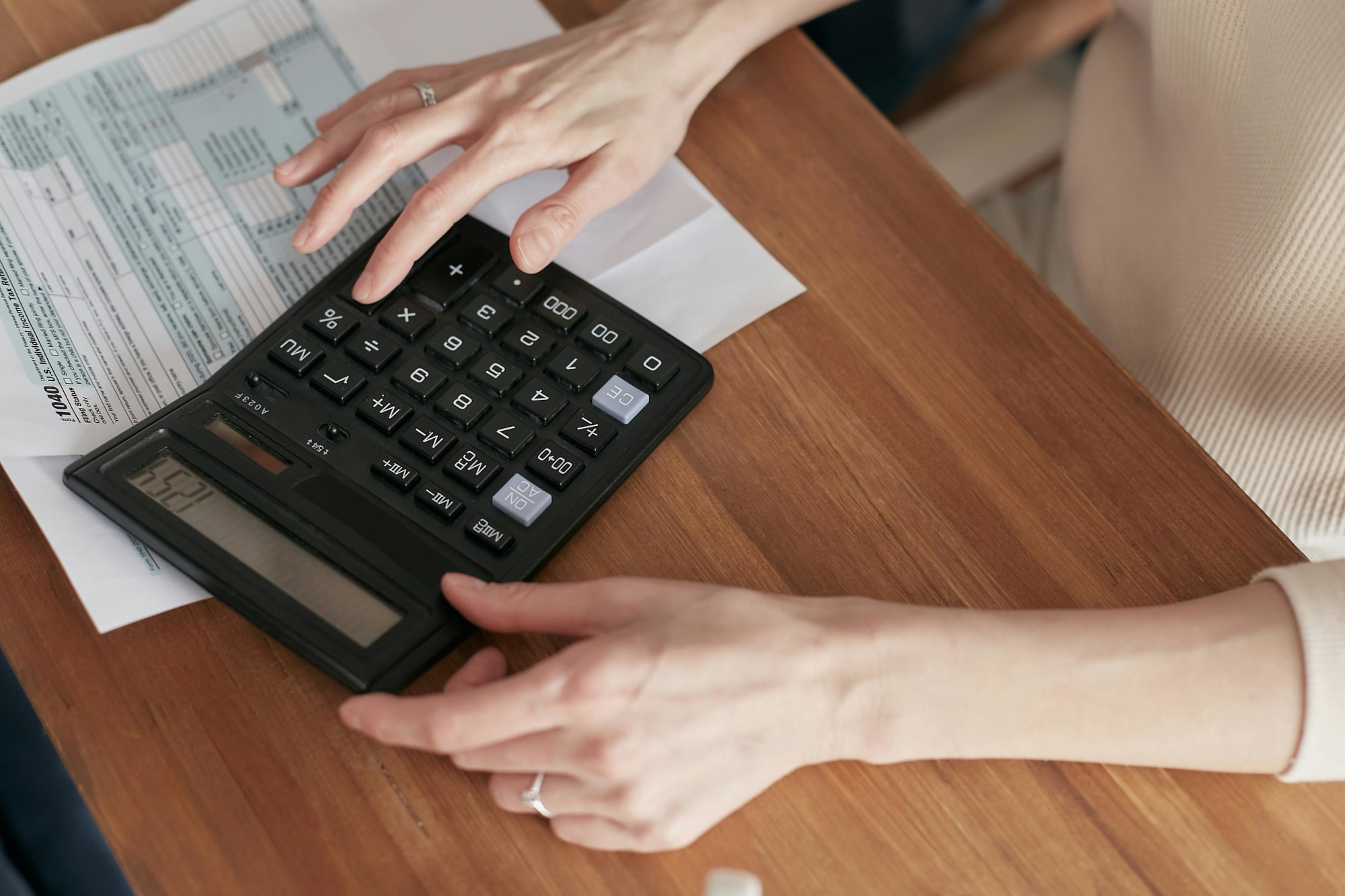Save
Will you pay higher taxes due to bracket creep?
Bracket creep will see Australians paying more tax on average, unless further cuts are introduced in the future.
Will you pay higher taxes due to bracket creep?
Bracket creep will see Australians paying more tax on average, unless further cuts are introduced in the future.

The average tax rate paid by Australians could rise to 25.5 per cent by 2031–32 due to bracket creep, according to a new report by the Parliamentary Budget Office.
This compares to the average tax rate of 23.5 per cent expected for the 2021–22 financial year.
Bracket creep occurs where an individual moves into a higher tax bracket due to rising income, increasing the average amount of tax they pay even when tax brackets and rates remain unchanged.
Previously, the first two stages of the federal government’s personal income tax cuts saw a reduction in the average tax rate between 2017–18 to 2020–21, but the PBO anticipated that the average tax rate will go back to 2017–18 levels in 2023–24.

“Average tax rates will decline again in 2024–25 with the Stage 3 tax cuts but are projected to rise to 25.5 per cent by 2031–32 if there are no further personal tax policy changes,” the PBO said.
“This would be a level not seen since before the introduction of the GST in 2000.”
The PBO said that bracket creep is projected to play a key role in the government’s budget recovery over the next decade. While tax cuts in 2031–32 are expected to cost just over $30 billion, bracket creep will generate $57 billion in additional revenue for the government.
“Outside periods of budget repair, governments have periodically increased tax thresholds or lowered tax rates, with the effect of reducing or even reversing the impact of bracket creep — this is referred to as ‘returning’ bracket creep,” the PBO report explained.
This has led to the average personal income tax rate remaining between 22 and 25 per cent for the majority of the past four decades.
“Governments face a trade-off between returning bracket creep and allowing bracket creep to reduce debt faster,” the PBO noted.

Tax saving
$20,000 instant asset write-off extension welcomed, but calls for broader support grow
The Australian government's decision to extend the $20,000 instant asset write-off into the next financial year has been met with approval from business leaders. However, there are growing calls for ...Read more

Tax saving
The downsizer dividend: How targeted tax levers could unlock housing supply in Australia
A call by Raine & Horne to incentivise seniors to move to smaller homes has kicked off a wider policy conversation that reaches well beyond real estate. If designed well, a targeted package could ...Read more

Tax saving
Raine & Horne's bold move could unlock housing supply but what are the hidden risks
Raine & Horne’s call for targeted tax incentives to encourage empty nesters to ‘rightsize’ isn’t just another sector wish list; it’s a potential lever to free up family homes, ease rental ...Read more

Tax saving
From annual check-ups to always‑on: how modern portfolio reviews unlock after‑tax alpha
The era of once‑a‑year portfolio check‑ins is over. Continuous, tech‑enabled reviews now drive returns through tax efficiency, risk control and behavioural discipline—especially in a high‑rate ...Read more

Tax saving
Navigating tax laws for capital gains in 2023
The landscape of Australian tax laws surrounding capital gains is ever-changing, with 2023 being no exception. Read more

Tax saving
What you need to know about the tax implications of crypto
One million Aussies are now invested in crypto, but many have not thought about how these investments will affect them at tax time. Read more

Tax saving
Welfare overhaul could give recipients a leg-up
Australia’s Centrelink recipients who’ve been doing it tough are in for a potentially easier time if the federal government pursues ambitious reforms that could provide sturdier safety nets. Read more

Tax saving
Students should think twice before tapping into their super
Former students might want to think carefully before they look to take advantage of the federal government’s biggest first home buyer incentive. Read more

Tax saving
$20,000 instant asset write-off extension welcomed, but calls for broader support grow
The Australian government's decision to extend the $20,000 instant asset write-off into the next financial year has been met with approval from business leaders. However, there are growing calls for ...Read more

Tax saving
The downsizer dividend: How targeted tax levers could unlock housing supply in Australia
A call by Raine & Horne to incentivise seniors to move to smaller homes has kicked off a wider policy conversation that reaches well beyond real estate. If designed well, a targeted package could ...Read more

Tax saving
Raine & Horne's bold move could unlock housing supply but what are the hidden risks
Raine & Horne’s call for targeted tax incentives to encourage empty nesters to ‘rightsize’ isn’t just another sector wish list; it’s a potential lever to free up family homes, ease rental ...Read more

Tax saving
From annual check-ups to always‑on: how modern portfolio reviews unlock after‑tax alpha
The era of once‑a‑year portfolio check‑ins is over. Continuous, tech‑enabled reviews now drive returns through tax efficiency, risk control and behavioural discipline—especially in a high‑rate ...Read more

Tax saving
Navigating tax laws for capital gains in 2023
The landscape of Australian tax laws surrounding capital gains is ever-changing, with 2023 being no exception. Read more

Tax saving
What you need to know about the tax implications of crypto
One million Aussies are now invested in crypto, but many have not thought about how these investments will affect them at tax time. Read more

Tax saving
Welfare overhaul could give recipients a leg-up
Australia’s Centrelink recipients who’ve been doing it tough are in for a potentially easier time if the federal government pursues ambitious reforms that could provide sturdier safety nets. Read more

Tax saving
Students should think twice before tapping into their super
Former students might want to think carefully before they look to take advantage of the federal government’s biggest first home buyer incentive. Read more













